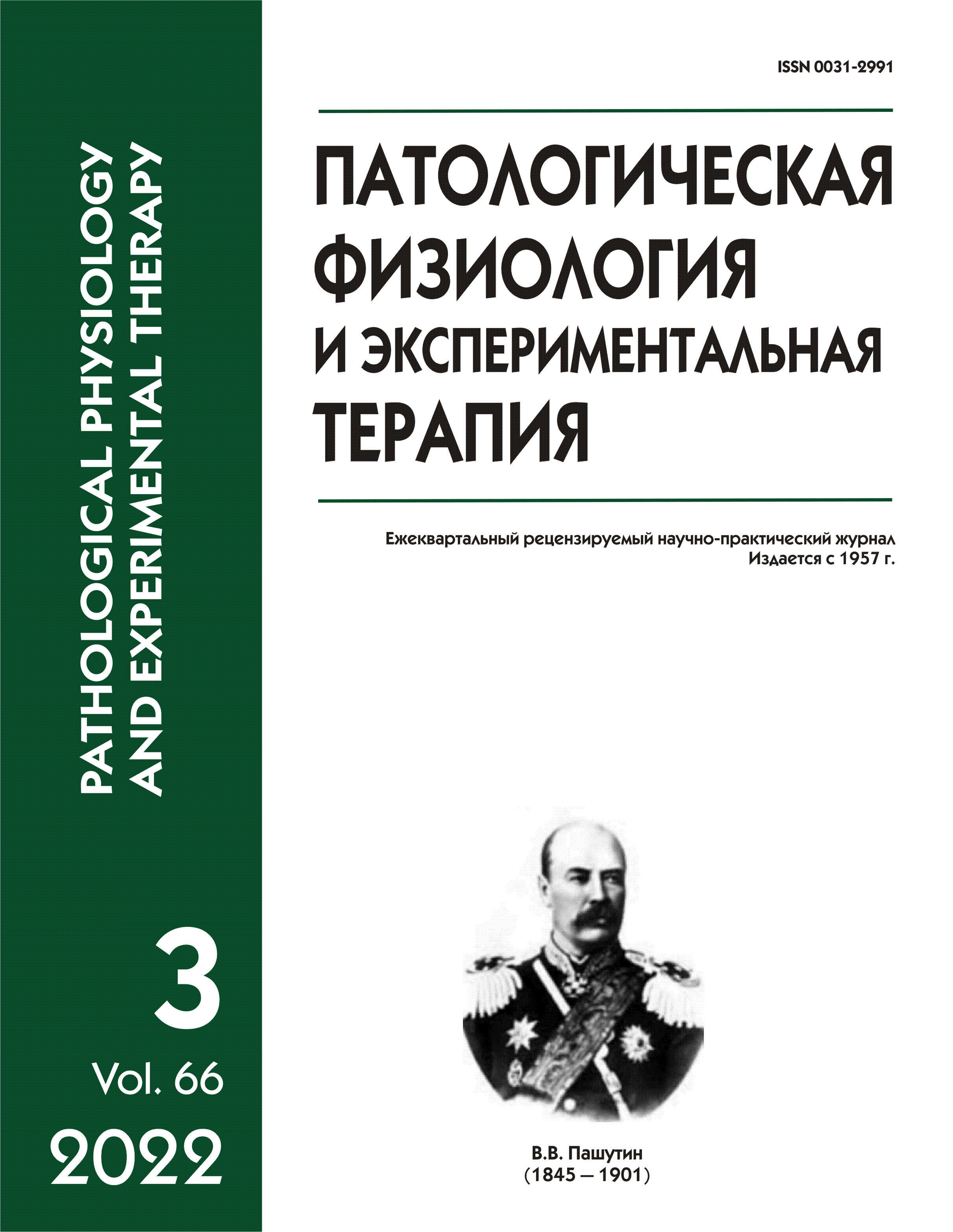Antithrombotic effects of low molecular weight heparin-aspirin combination therapy in normal condition and hypercoagulation
Abstract
Creation of safe antithrombotic drugs is a relevant problem of physiology and medicine. Generally, heparin anticoagulants are used. The aim of this work was to study the anticoagulant effect of an oral combination drug including a low molecular weight heparin and aspirin (CHA). Methods. CHA was formulated with a 1:6 w/w ratio of heparin and aspirin. Platelet aggregation, anticoagulant, fibrinolytic, and fibrin-depolymerization activities of plasma were determined with daily oral administration of CHA (1 mg/kg body weight, daily, for 7 days) to intact rats and to rats with hypercoagulation modeled by administration of tissue thromboplastin. Results. 20 h after the 7th administration of CHA to control rats, increases in plasma anticoagulant activity (activated partial thromboplastin time, aPTT) by 20%, total fibrinolytic activity (TFA) by 30%, and the fibrin-depolymerization activity (FDPA) by 45%, and a decrease in platelet aggregation by 16% as compared to the intact rats were observed. 60 min after the last of three tissue thromboplastin injections administered every 30 minutes (hypercoagulation model) following the CHA administration for 7 days (experiment), hemostasis parameters were normal as distinct from the control rats treated with thromboplastin following 7 administrations of a saline solution (instead of CHA). Conclusion. This study was the first to demonstrate that CHA has anticoagulant, fibrinolytic, and fibrin-depolymerizing activities and reduces platelet aggregation when administered orally both to intact rats and rats with hypercoagulation. Thus, we concluded that CHA is promising as an oral antithrombotic drug, which should be taken into account in future development of the treatment of hypercoagulation conditions.






